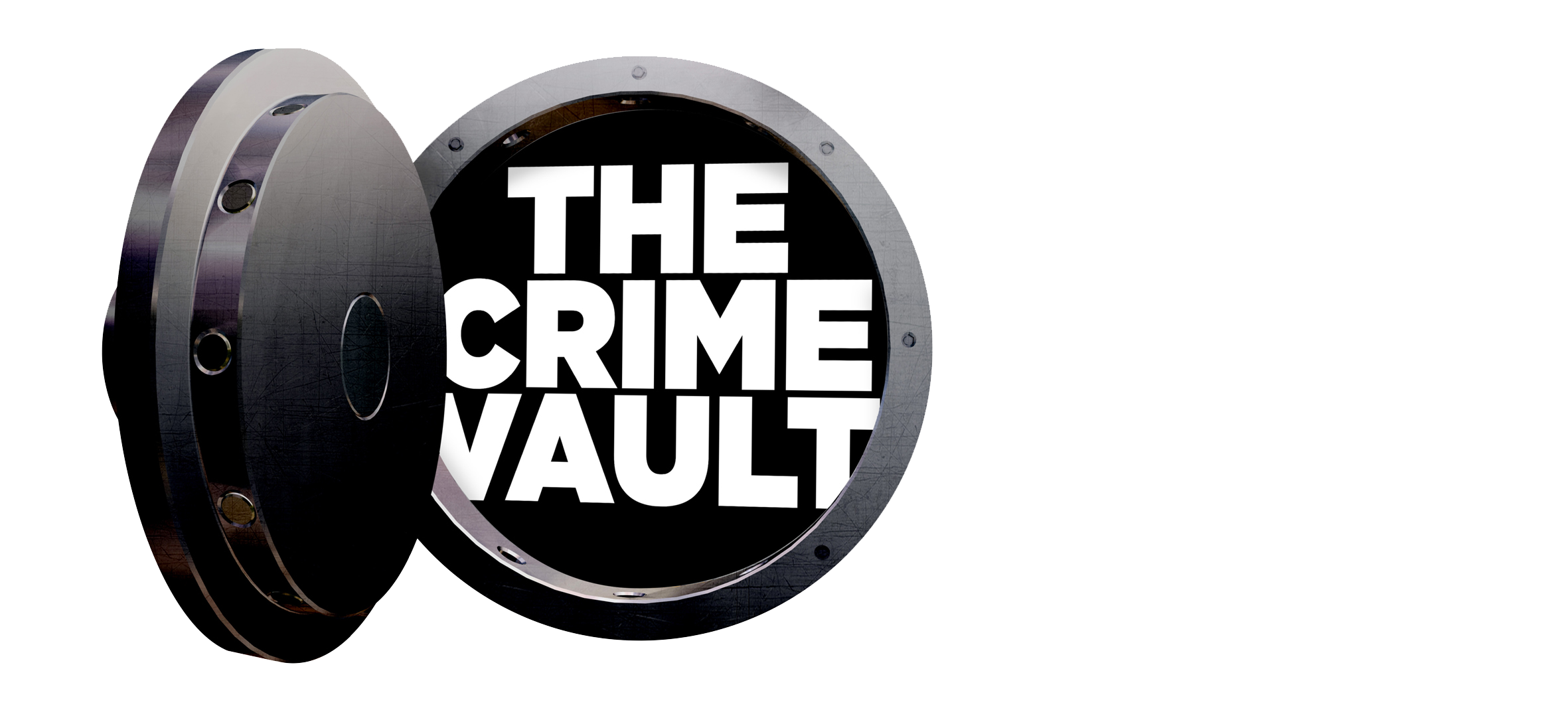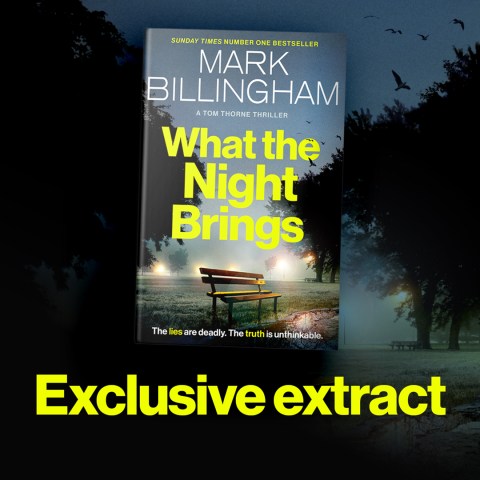The Crime Vault Unlocked: An interview with Heather Martin

Today we’re chatting to Heather Martin, author of The Reacher Guy, the authorised biography of Lee Child which will be published in September. Pre-order your copy now on the links below.
What book made you want to become a writer?
When I was nine I wrote an illustrated ‘novel’ about a detective called Monsieur Distingué, in which the murder weapon was a guitar string. But it was Lee himself who made me want to produce a proper book. ‘I’ve told twenty-four decent stories in the course of my life,’ he said. And I thought, hey – maybe I could tell just one?
Where do you write?
I can and do write anywhere. At home I prefer silence, and to be on my own. But writing to the hum of a busy café is fine. I remember one of my music teachers advising me to practise the guitar with the radio on at the same time, to develop the skill of concentration.
What piece of advice would you give to budding non-fiction authors?
You still have to tell a story that keeps the reader turning the pages. Non-fiction writing, however well founded in research, is still a form of fiction.
What’s your favourite crime novel?
My favourite Lee Child novel is The Midnight Line. On a human level, because Reacher’s empathy and compassion are off the scale in that book, and it explores two big issues – addiction, and the beauty myth – that are close to Lee’s heart. Formally, for the rhythm of his prose, and the way it exemplifies his aesthetic without ever being heavy-handed. I love the classical structure, riffing on The Odyssey, with a plot driven entirely by the hero’s compulsion to search for the owner of the ring. And on top of that you have the lyrical evocation of landscape, the beginning of Lee’s love affair with Wyoming.
What made you want to write about Lee Child?
Not only the twenty-four stories he’s written, but the stories he told me once we’d met. He was at least as interesting a character as Reacher; as the creator of Reacher, to me he was more so. The biography seemed like an idea whose time had come: it was obvious that fans loved hearing Lee’s stories as much as I did, but also that even those rare individuals who had not read his books, and even never intended to, were still intrigued by this feat of self-reinvention and his extraordinary publishing success. The simple answer is: it was the book I felt I should write.
With a man with such a vast collection of novels, and with so many connections, how did you know where to start researching the book?
I’d already read his books, before I met him. So I’d done my homework without knowing it. And when we started talking, the research had begun without me knowing it either. After that one thing led to another. When Lee told me his maternal grandparents had lived in Otley, I knew straight away that I wanted to visit, and it was there I found my first chapter. There was a vast amount of information in circulation about Lee Child, much of it unreliable, which made me determined to try to separate fact from fiction, but there was almost no information about Jim Grant. To find out more I had to speak to people who’d known him, like his old school friends and teachers, and colleagues at Granada Television. On the back of all that exploration I was well placed to test what I’d learned against the documentary evidence of the archive.
Please give us your ‘elevator pitch’ for the book.
Jack Reacher is only the second of Jim Grant’s great fictional characters: the first is Lee Child himself. The Reacher Guy is the story of the three of them.






